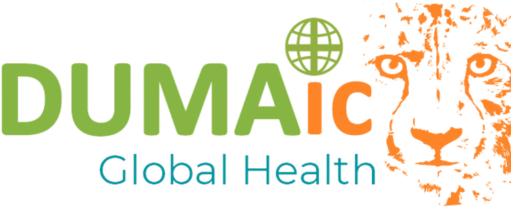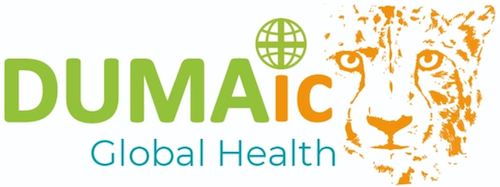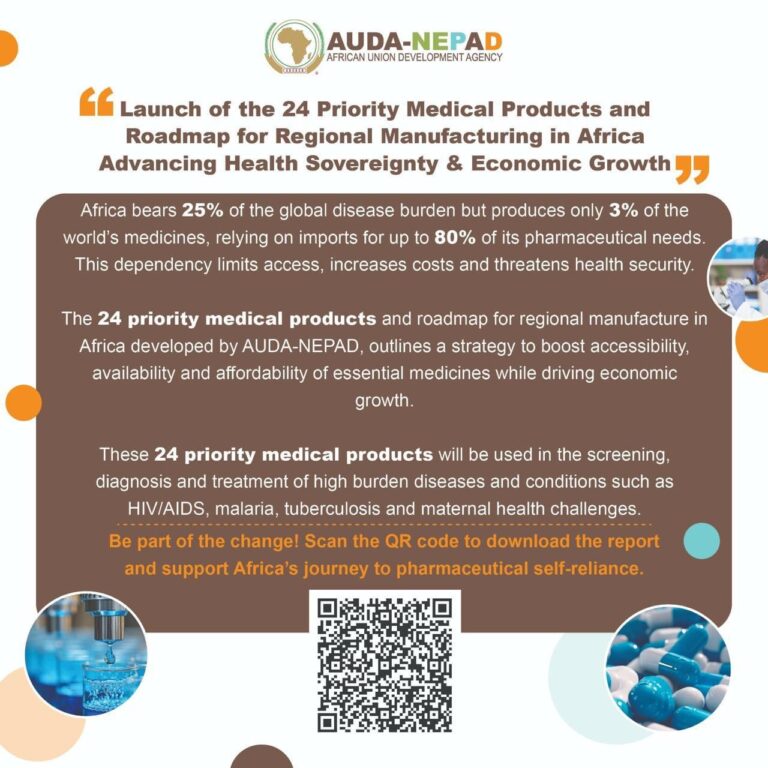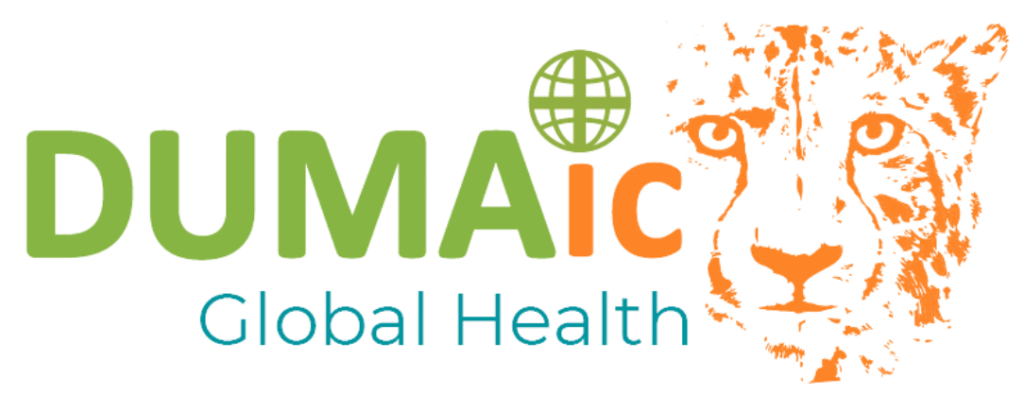We are elated that our Dumaic team led by our Executive Director Denis Kibira alongside Ziada Zalwango and Gloria Imodia participated in the analysis and development of the report on the 24 Priority Medical Products for regional manufacturing in Africa. Here is a brief summary of the report.
Africa is the world’s second-most populous continent with approximately 1.4 billion people, representing about 17% of the global population. Africa carries 25% of the world’s global burden of disease yet contributes 3% of the worldwide medicine manufacturing. The continent accounts for a quarter of global vaccine demand but produces 0.1% of the world’s vaccine supply.
The COVID-19 pandemic exposed Africa’s vulnerability to disruptions in global pharmaceutical supply chains, underscoring the urgent need to strengthen local and regional manufacturing capacities. The crisis highlighted the critical importance of the Pharmaceutical Manufacturing Plan for Africa (PMPA), a framework developed to guide the continent toward a self-reliant, sustainable, and competitive pharmaceutical industry capable of meeting public health needs.
Aligned with Agenda 2063’s Second Ten-Year Implementation Plan, which emphasizes industrialization, human development, and health security as key pillars for achieving the “Africa We Want,” the PMPA serves as a strategic vehicle to reduce Africa’s dependence on imported medicines. The plan envisions a robust pharmaceutical sector that fosters regional integration, enhances access to quality and affordable medicines, and ensures resilience against future health crises.
In support of the PMPA, AUDA-NEPAD launched the 24-priority medical products list and an accompanying roadmap for regional manufacturing as practical steps toward achieving self-reliance in the African pharmaceutical industry. These initiatives focus on scaling up the local production of essential medicines, vaccines, and health products that are critical to public health, particularly in light of Africa’s growing population and disease burden.
The roadmap aims to address the structural, regulatory, and financial challenges impeding pharmaceutical manufacturing on the continent. It also seeks to foster collaboration among Member States, Regional Economic Communities (RECs), and the private sector to build a resilient pharmaceutical manufacturing ecosystem.
Objectives
To provide strategic guide to pharmaceutical manufacturing stakeholders on areas that require focused investments to spur development of the sector.
To guide policymakers at continental, RECs and national level on priority medical products to provide incentives to in order to achieve greater health and economic impact.
To provide policymakers and pharmaceutical manufacturers with insights into products with specific supported projects to strategically leverage these resources to accelerate their own efforts and contribute to the growth of regional pharmaceutical production.
To maximize the benefits of supportive global health initiatives, take advantage of current available opportunities, identify synergies and remove any duplication of efforts in pharmaceutical manufacturing on the continent.
Methodology
The 24-priority medical products list and a roadmap was developed using existing/ secondary literature followed by wide expert stakeholder consultations across different regional economic communities. The primary consideration was public health needs, taking the top ten disease burden on the continent. An options analysis of need and market was then conducted before selected medicines were subjected to pharmaceutical ecosystem considerations for medicines that scored best on a traffic lights assessment of feasibility/ capacity to manufacture, absence of Intellectual Property Rights barriers, availability of technology transfer, availability of inputs, regulatory readiness, economic viability of products, availability of political support, pooled market, availability of supportive global health initiatives among others.
Key findings
The report presents an analysis of medical products required to manage the top disease burdens in Africa. It identifies key challenges hindering local pharmaceutical manufacturing and proposes strategies to enhance its capacity and sustainability.
Manufacturing challenges: Current local manufacturing capabilities are limited, with many essential products heavily reliant on imports. Key challenges include inadequate infrastructure, limited access to technology, and insufficient human capital.
Enabling factors: To foster local pharmaceutical manufacturing, the report recommends strengthening regulatory frameworks, investing in research and development, improving access to raw materials, facilitating market access, addressing intellectual property rights, enhancing human capital development, and fostering public-private partnerships.
The essential priority medical products selected encompass a wide range of medicines from antibiotics and antiretrovirals to medical devices and diagnostics. The 24 priority medical products selected to address Africa’s major disease burden have been divided into six categories below:
High need High market
Antibiotics: Amoxicillin
Pain management: Paracetamol
HIV/ AIDS: HIV tests, Cabotegravir, Tenofovir + Lamivudine + Dolutegravir (TLD)
Antimalarials: mRDTs, Artemether + lumefantrine, Sulfadoxine-pyrimethamine
TB: Bedaquiline
Growing need high market
Stroke: Atorvastatin
Injuries: Intravenous fluids
Diabetes: Insulin analogues, Metformin
Ischemic Heart Disease/ Hypertension: Amlodipine, Valsartan
Low need high market
Cancer: Docetaxel
High need Low market
Maternal health: Oxytocin, Misoprostol, Magnesium sulphate
Newborn: Birth asphyxia and birth trauma- Medical Oxygen
Child health: Antidiarrheals: Oral rehydration salts + Zinc sulphate, Rotavirus vaccine
Growing need low market
Sickle cell disease: Hydroxyurea
Low need low market
NTDs: Praziquantel
Six additional molecules: Tranexamic acid, heat-stable carbetocin, condoms, HIV Vaccine, Malaria Vaccine, HBV vaccine have been proposed for future consideration. The list should be reviewed routinely and every five years in line with changing epidemiological patterns.
Key recommendations include:
Prioritise high-need, high-market products: Focus on manufacturing drugs for infectious diseases and non-communicable diseases with significant burdens.
Invest in Research and Development (R&D): Support local innovation and collaborate with international partners. The African Union should consider the development of a self-sufficient, pan-African R&D system that addresses evolving public health issues. The key to this is to harness the untapped power of collaboration among African researchers by forming and supporting networks of research groups in Africa.
Strengthen regulatory frameworks: Harmonize regulations and build capacity of regulatory authorities. There is a need for African countries to systematically apply policy regulations that level the playing field. This would enable local manufacturers to compete with their international counterparts.
Improve access to raw materials: Promote local production of APIs and explore alternative sourcing options.
Facilitate market access: Create a conducive economic environment and establish regional manufacturing hubs. To ensure guaranteed markets, national and regional procurement laws should consider allocating percentage points for local producers, if the quality of the products is deemed to be of the required standards
Address intellectual property rights barriers: Optimize IPR policies to balance innovation and access.
Enhance human capital development: Invest in education and training.
Foster public-private partnerships: Collaborate with multinational companies and development partners. The ongoing initiatives to promote regional pharmaceutical manufacturing in Africa offer a significant opportunity to strengthen value chains and improve access to affordable medical products.
Improve infrastructure and logistics: Invest in infrastructure and enhance supply chain management.
Incentives: Governments should induce investment through incentives that lower the cost or risk for the investor, or both. Use of trade policies in a strategic way is another approach that Governments could support the importation of raw materials and capital goods.
By implementing these recommendations, Africa can significantly strengthen its local pharmaceutical manufacturing capabilities, improve access to essential medicines, and contribute to the continent’s economic development.
A five-year roadmap, with an estimated cost of USD 18,157,500, has been proposed for AUDA-NEPAD to implement the priority list of medical products. The roadmap aims to establish a self-sufficient, sustainable, and resilient pharmaceutical manufacturing ecosystem in Africa, enabling the continent to meet at least 50% of its pharmaceutical needs locally.



